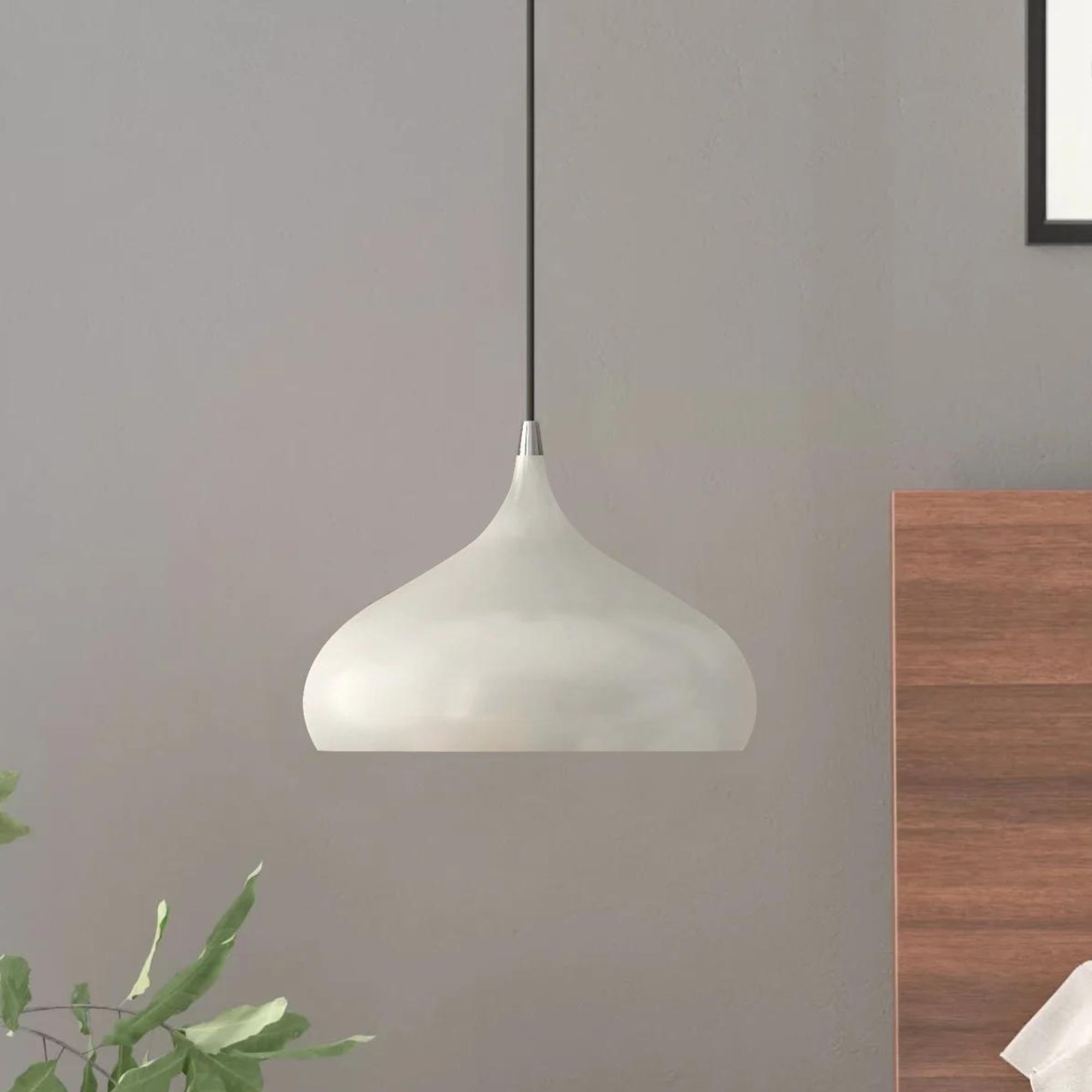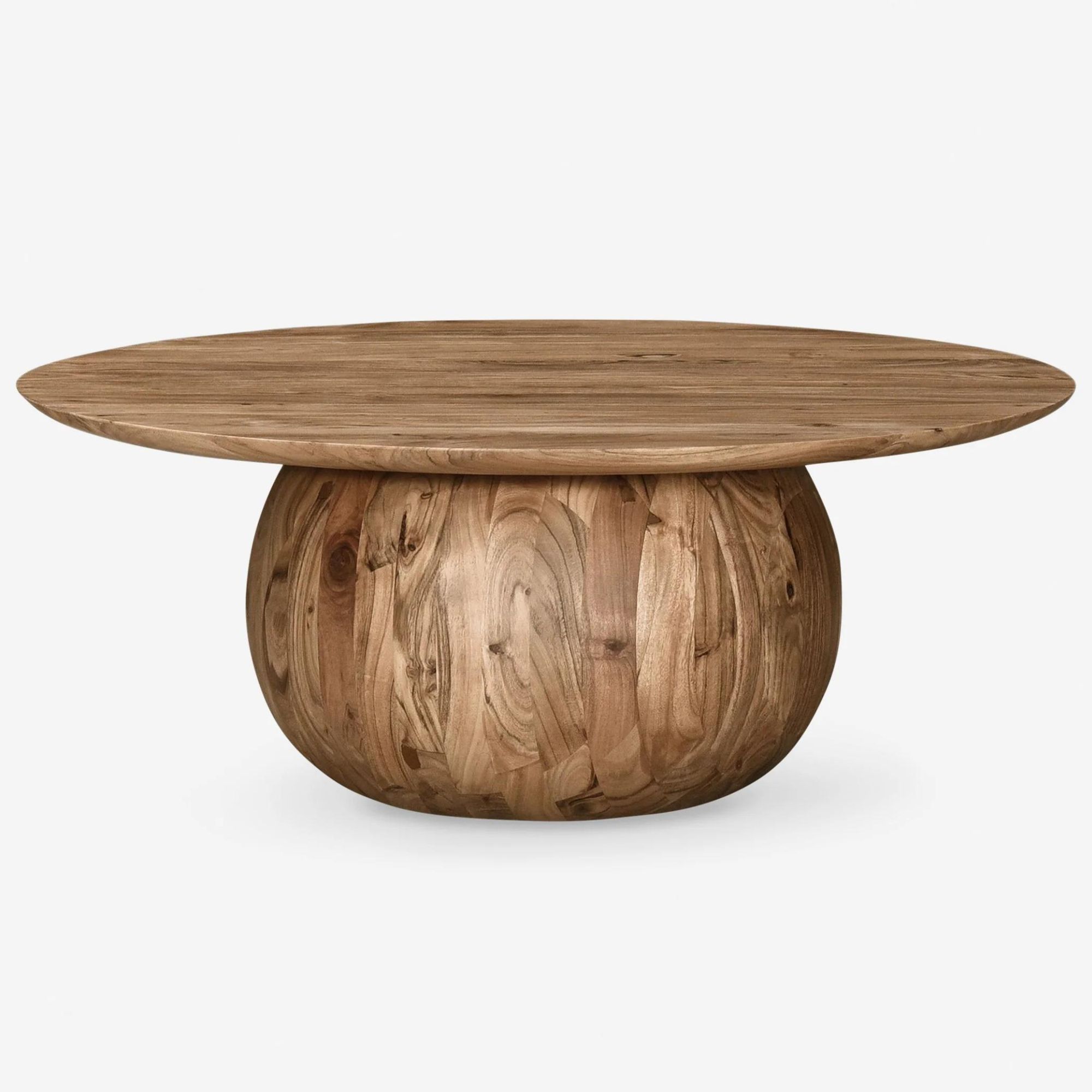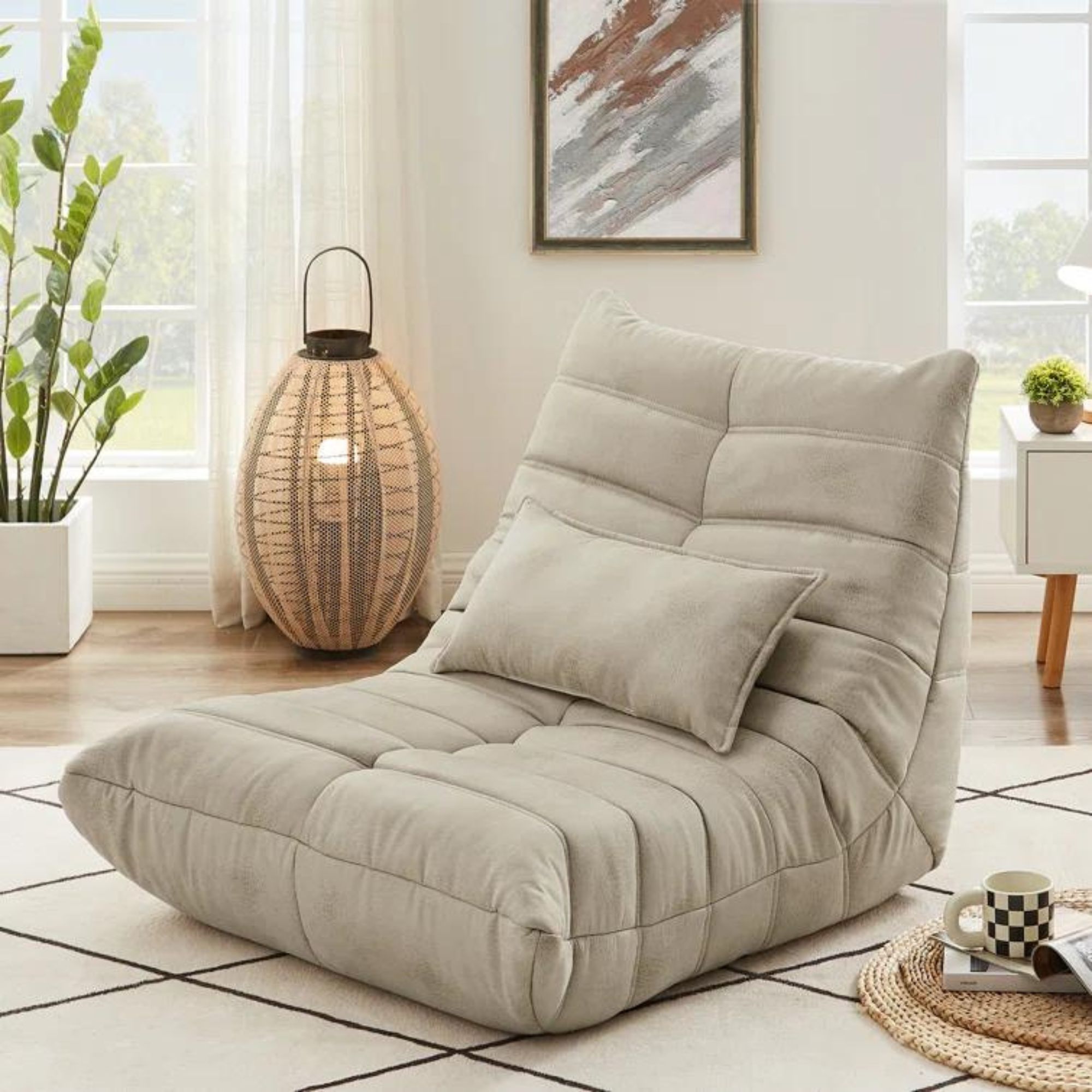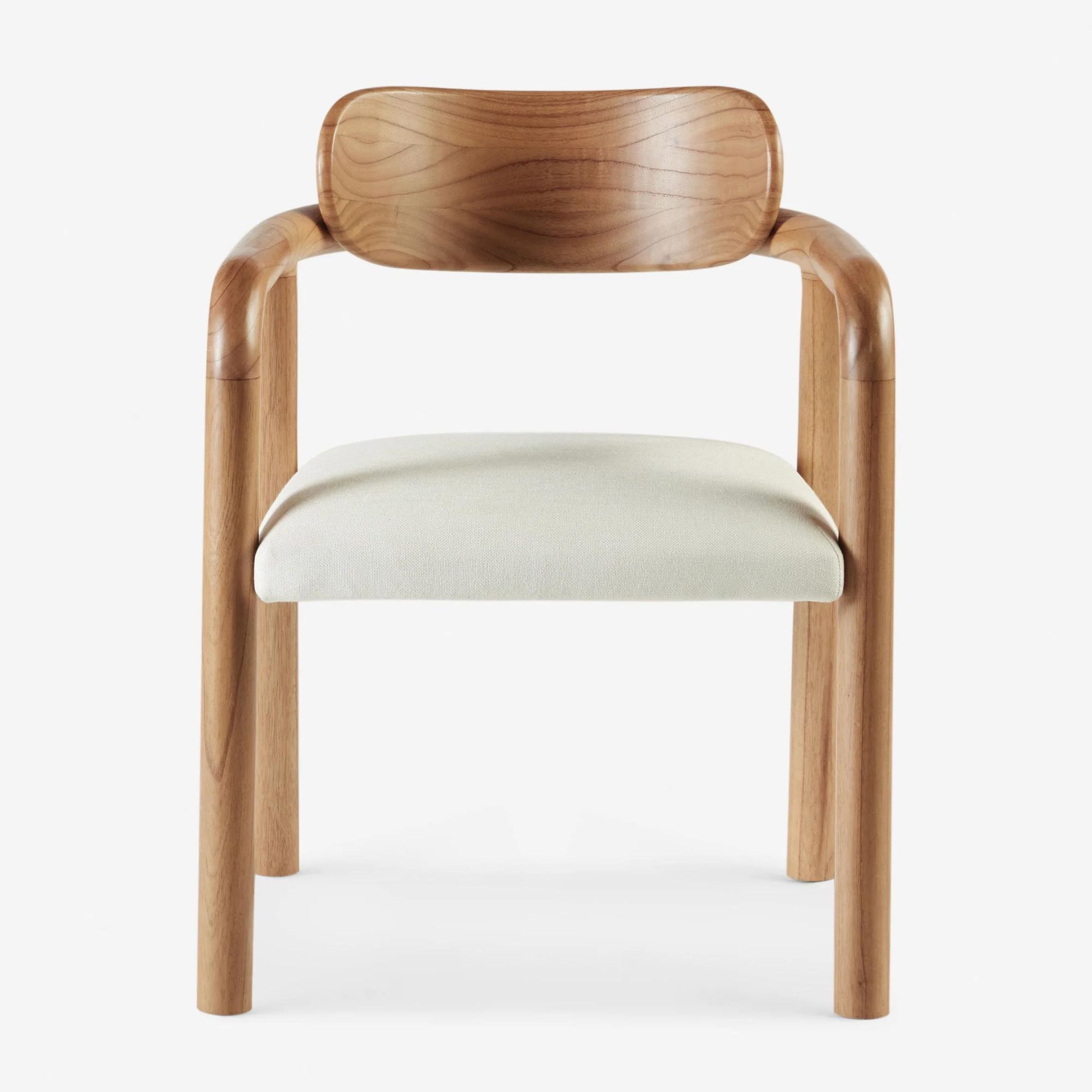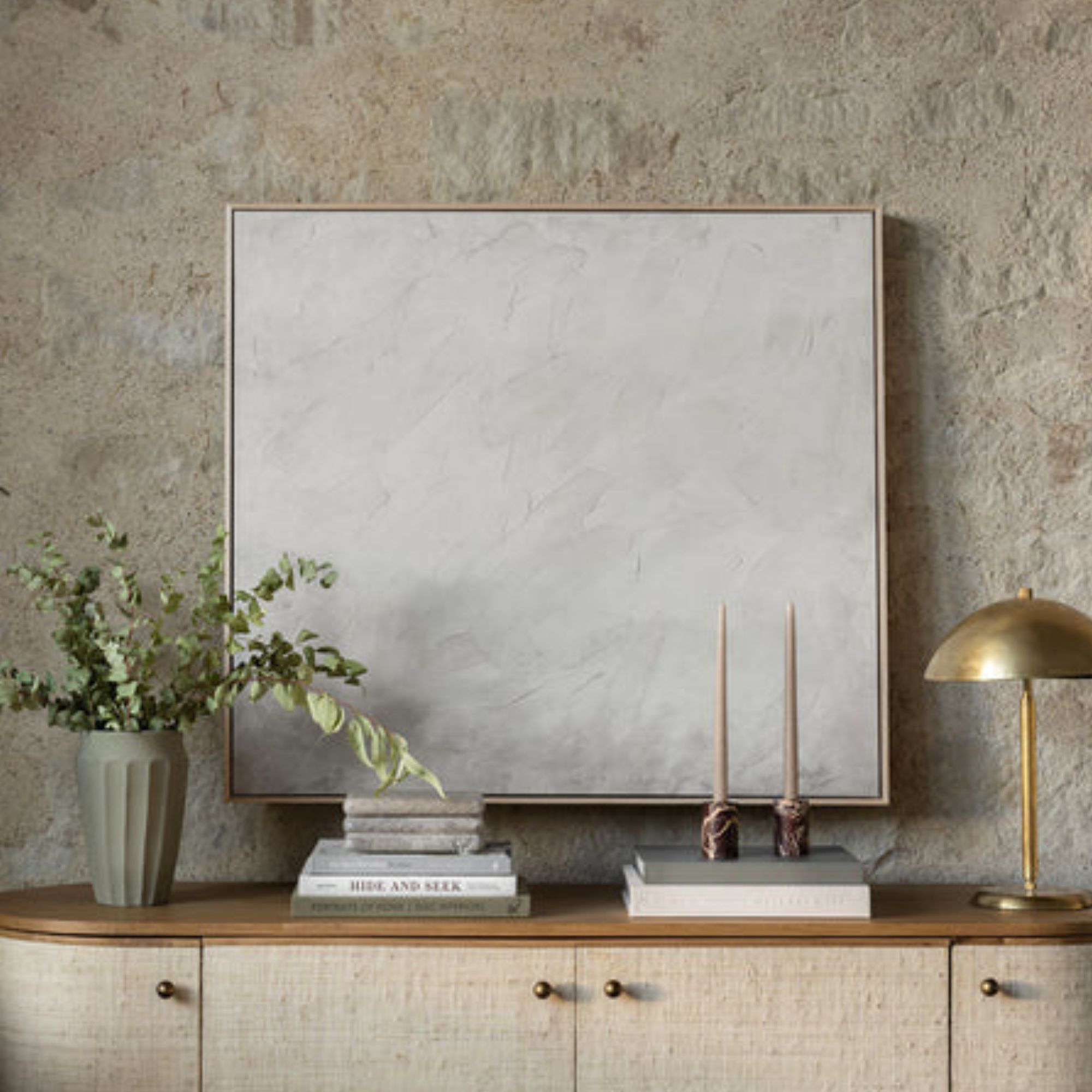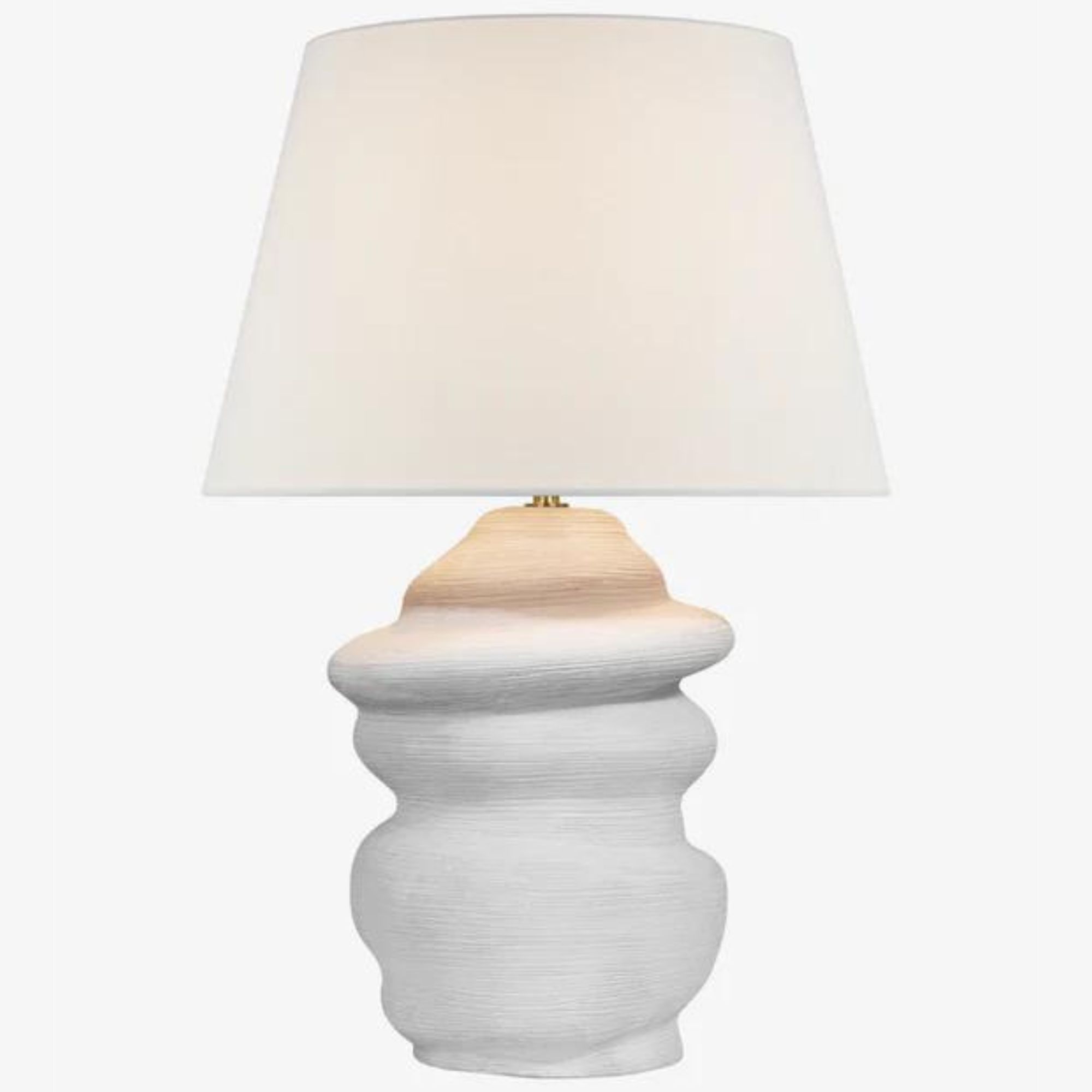What is Japandi style? Interior designers on why this soothing and chic design style has endured
Visual appeal and functionality are infused with wellness to create this enduring interior design style
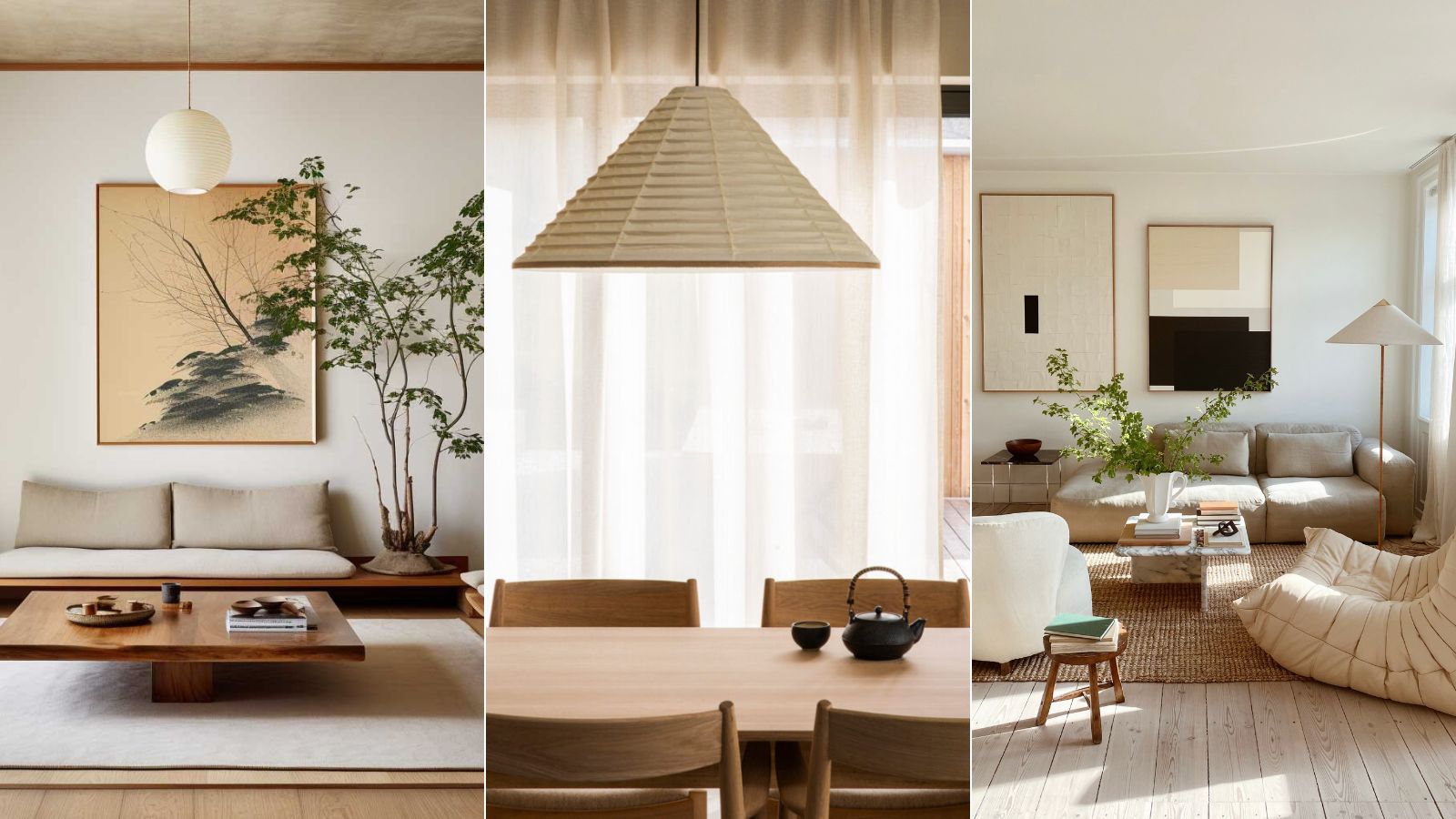

The interior design world is filled with different trends and styles, but there are some that not only endure, but transcend into more of a way of life than just a design choice. Japandi is one such style – with historic roots that promote wellbeing and sustainability, there is much to learn from this design ethos.
A fusion of Japanese and Scandinavian design, Japandi has remained a popular interior design style for many reasons. From its timeless color palette to the addition of high-quality pieces, Japandi decor is attracting followers all over the globe.
Whether you're trying to create a space that feels tranquil or you simply want to find out more about the design style, we've asked the experts to share everything they know about Japandi style, from its early origins and enduring appeal to how to decorate with its design elements in mind.
What is Japandi style?
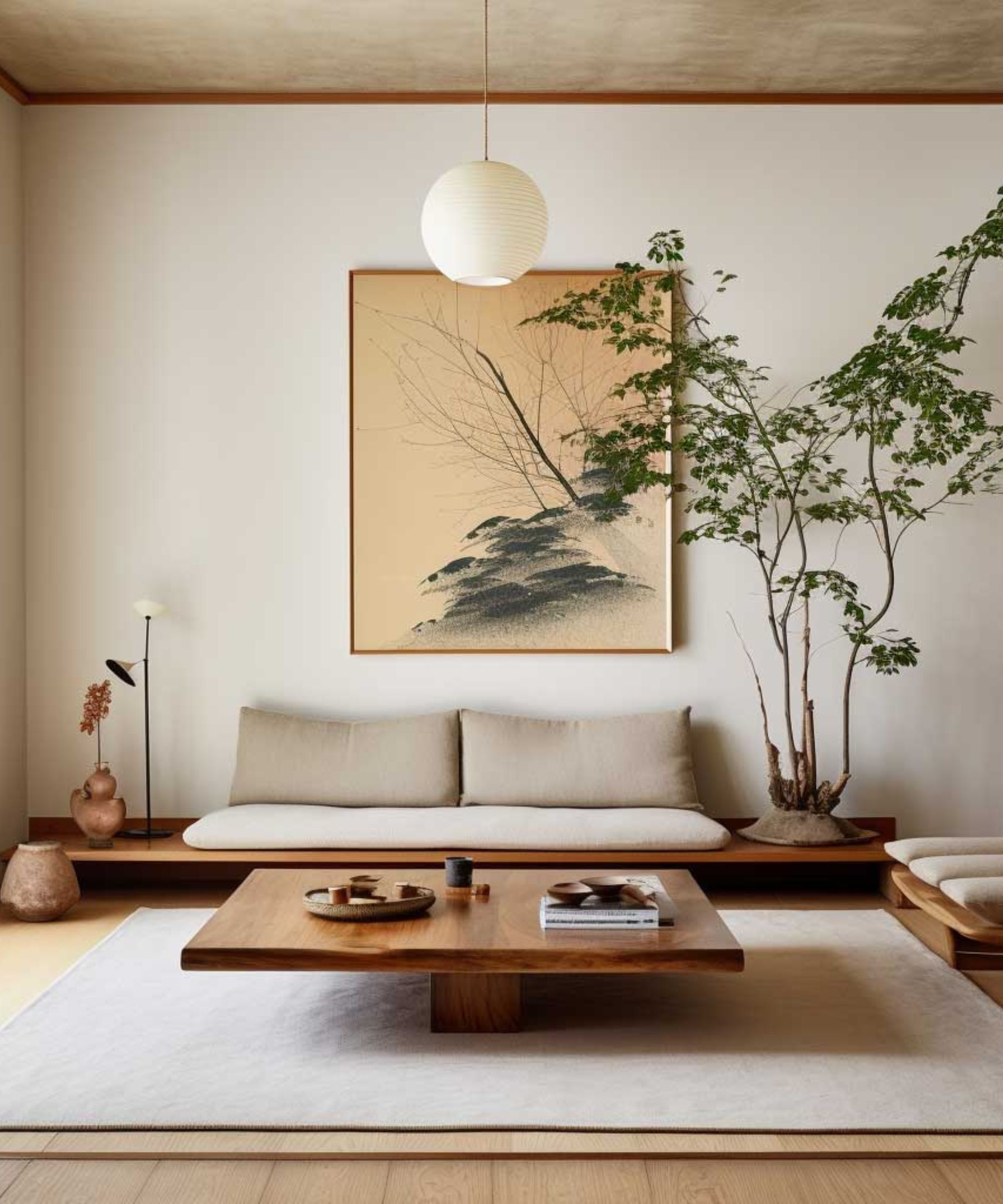
Japandi style represents a cohesion of Japanese and Scandinavian cultures, with key elements of both brought together. 'The first thing I say to explain the style to someone is that the word Japandi is a fusion between the words Japan and Scandinavia,' explains Laila Rietbergen, creator behind the popular Instagram account @japandi.interior and author of Japandi Living.
When adopting Japandi interior design into your home, it's important to understand what components come from where, and why they are core to the style. 'Japandi style is a design aesthetic that combines elements of Japanese minimalism with Scandinavian simplicity', adds interior designer Nareg Taimoorian.
'It blends the clean lines, natural materials, and functionality of Scandinavian design with the tranquillity, simplicity, and traditional craftsmanship of Japanese design. The result is a harmonious fusion of two distinct styles that create a calming, balanced, and timeless atmosphere in interior spaces,' he adds.
Many of the intentions behind Japandi transcend more than just an interior design style. 'For me, Japandi is more than a decorating style; it’s a lifestyle that helps to create a minimalist and tranquil home environment,' says Laila.
What are the origins of Japandi style?

This design fusion has become increasingly popular in recent years, but there is a rich history behind it. 'Maybe some people think Japandi “just happened” but the relationship between Japan and Scandinavia already started a long time ago,' explains Laila.
'It was born from Scandinavians visiting Japan in the 1850s after the borders opened again after 200 years. They bought back design inspirations which influenced and seeped into their craft,' explains Lucy Currell, creative director at Studio Iro.
This new accessibility encouraged tourists, who were able to explore a different culture and way of living – everything down to the decorative items for the home were new and exciting to the Scandinavians visiting. 'These items became an inspiration for a lot of artists and designers in Scandinavia. Also because of their shared love for craftsmanship, it was “love at first sight”,' Laila adds.
What are the key Japandi design elements?
Japandi leans into a more minimalist style, blending clean lines and aesthetically pleasing schemes with high functionality. One of the key similarities between the two is the importance of nature in design. 'In both Japan and Scandinavia, they love to spend time in nature and bring nature into their home. This resonates not only by using natural materials like wood and linen but also with organic shapes,' Laila explains.
The color palette typical of Japandi style is key to creating a scheme that feels calming and tranquil. Neutral schemes are at the heart of the style, so opt for warm whites and light beiges, with subtle pops of color to introduce an essence of the Scandi influences.
Color isn't the only component that comes into play when designing a Japandi style home. Materials are integral components, and the more natural, the better. 'Where in Japanese interiors you will find darker colors and wood, in Scandinavian design you will find more light wood and soft, brighter pops of color. This combined makes an interesting space with different uses of natural materials, shapes, and contrast,' says Laila.
The key takeaway from Japandi style is that it can't be rushed or forced. Sustainability is core to the design aesthetic, with an emphasis on investing in furniture that has been made from high-quality materials, and décor pieces that represent more than just an aesthetic. 'There is a common love for craftsmanship from both sides and this is seen in Japandi style interiors. For example, handmade wooden items and ceramics that are made to last,' she adds.
How to decorate with Japandi style
Use a neutral color palette
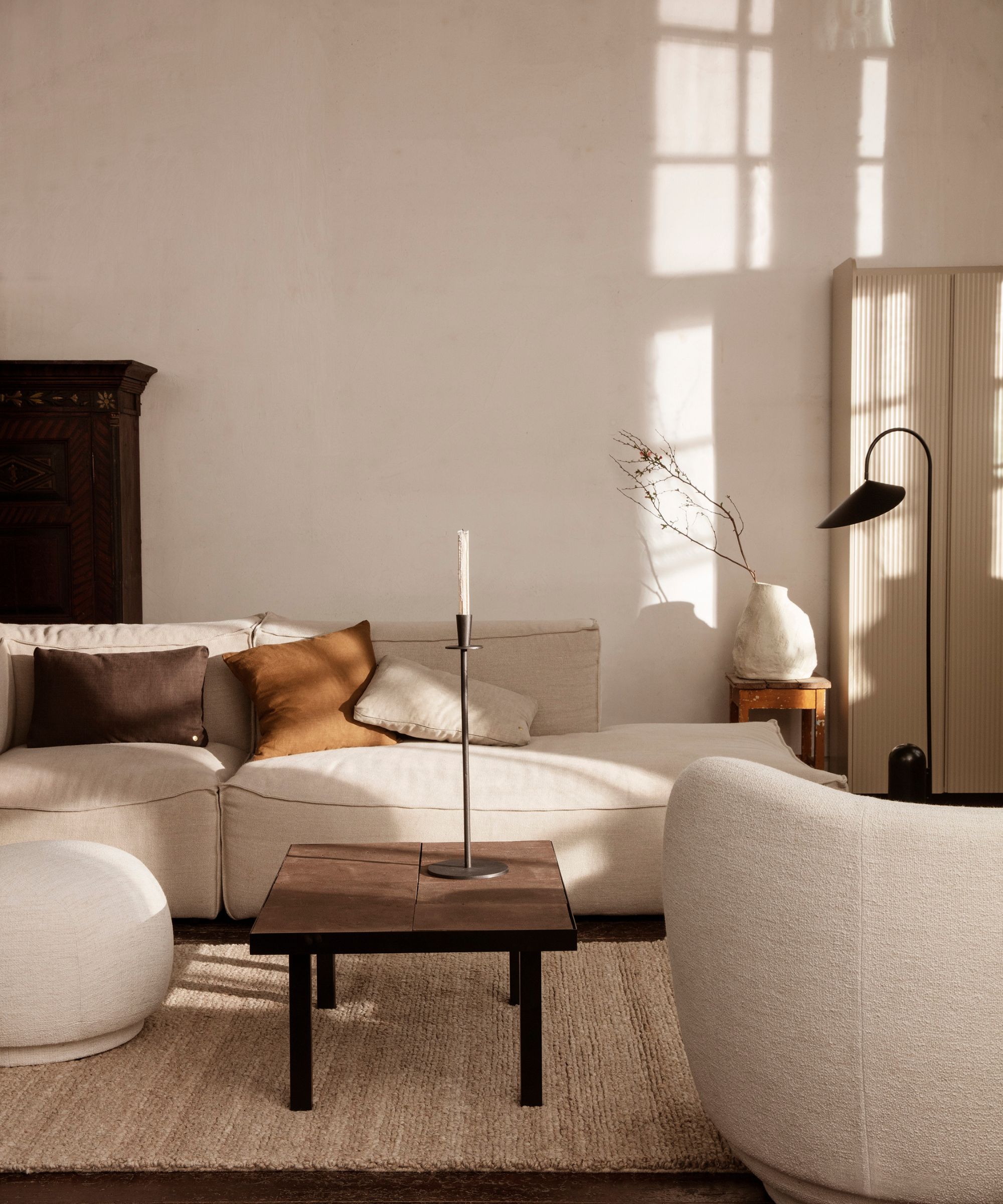
Japandi interiors embrace wellness and promote a calming environment, so opting for a neutral color scheme is a perfect base. 'In Scandinavian interiors, you will often find a bright white base. If you want a light base in Japandi you can choose a soft beige paint instead of bright white,' says Laila.
If you want to introduce a bit more of the Scandi design element to your space, try doing so with the addition of art pieces with small pops of color, or through smaller accessories like a lampshade or throw pillows.
Introduce natural materials and wood tones
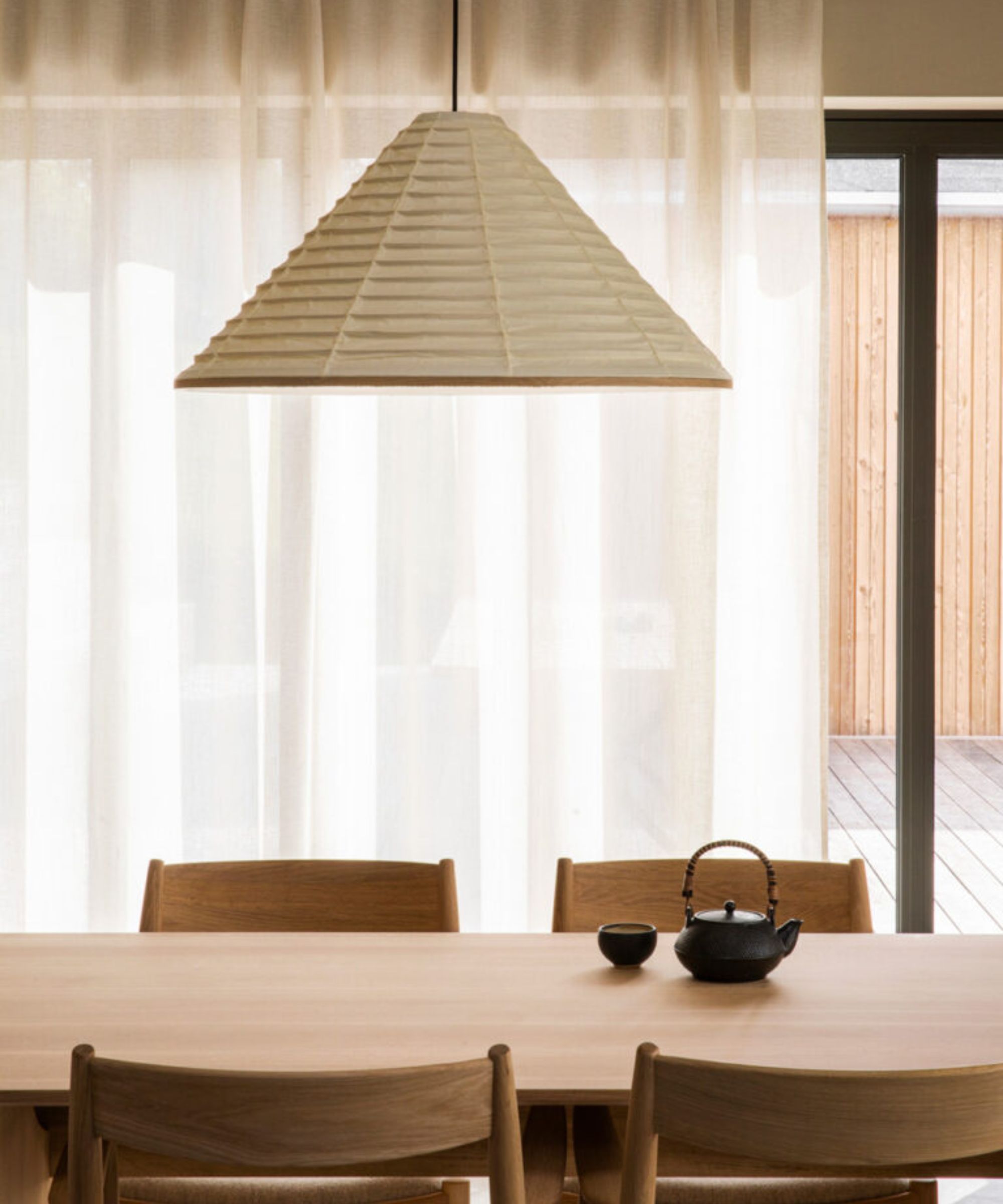
One of the key design elements of Japandi style is the use of natural materials and wood tones. Sticking to this when it comes to furniture and decorative elements will add to the aesthetic.
'Choose furniture and decor made from natural materials like wood, bamboo, rattan, and stone,' recommends Nareg. In this dining room, a wooden table and chairs has been introduced, while a lampshade and light curtains add a balance of texture and a blend of hard and soft lines.
Ensure your space is functional and clutter-free
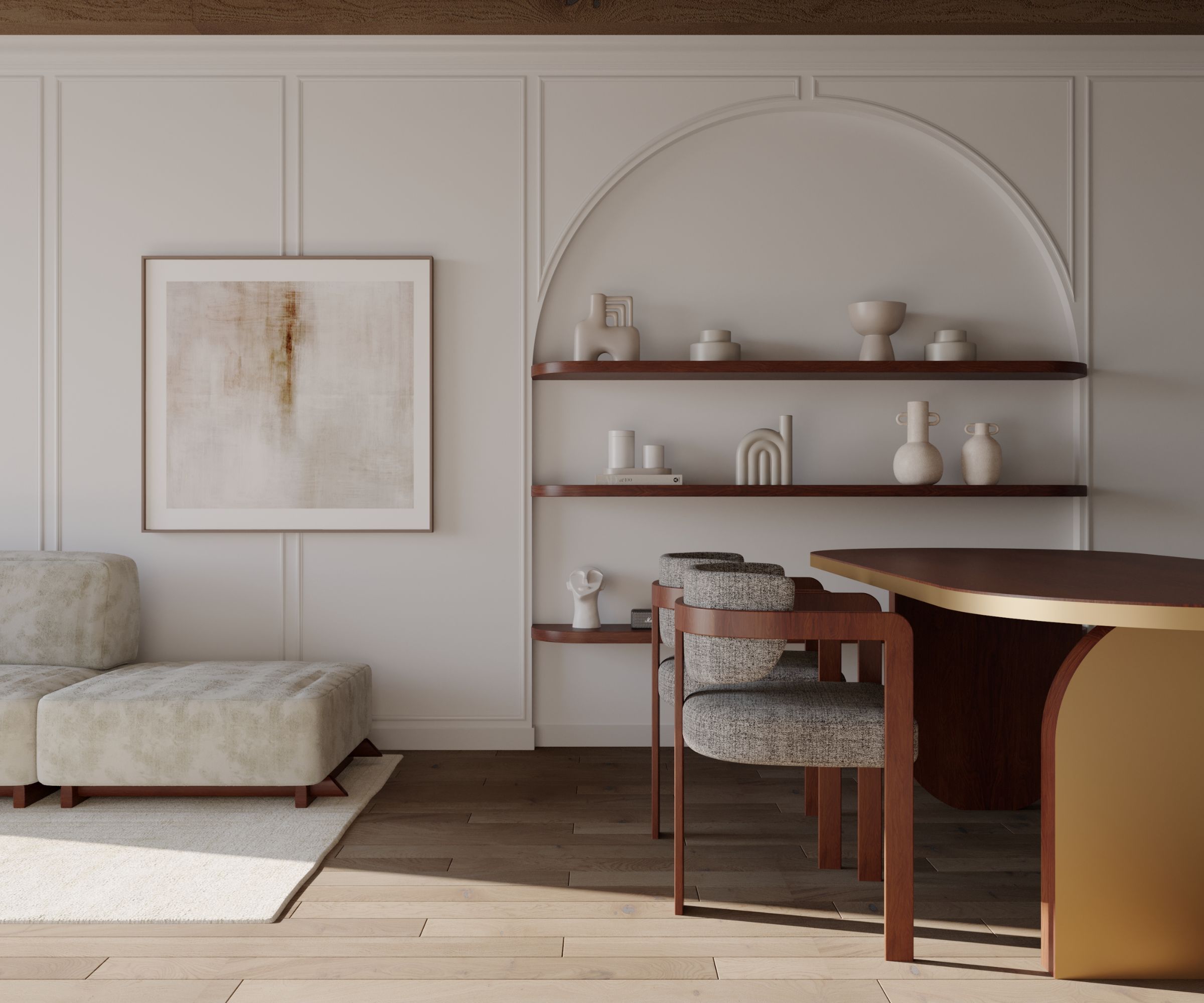
Japandi style is very intentional – design features are made to a high standard and there is no space for overconsumption and wastefulness. Make sure everything you introduce to your scheme has a purpose, and keep clutter to a minimum.
'An important element to achieve the style is to declutter and tidy up. Enough storage is key. I love the 20/80 decluttering rule for this – 20% of your stuff can be in sight and 80% behind closed doors,' says Laila.
Embrace organic forms
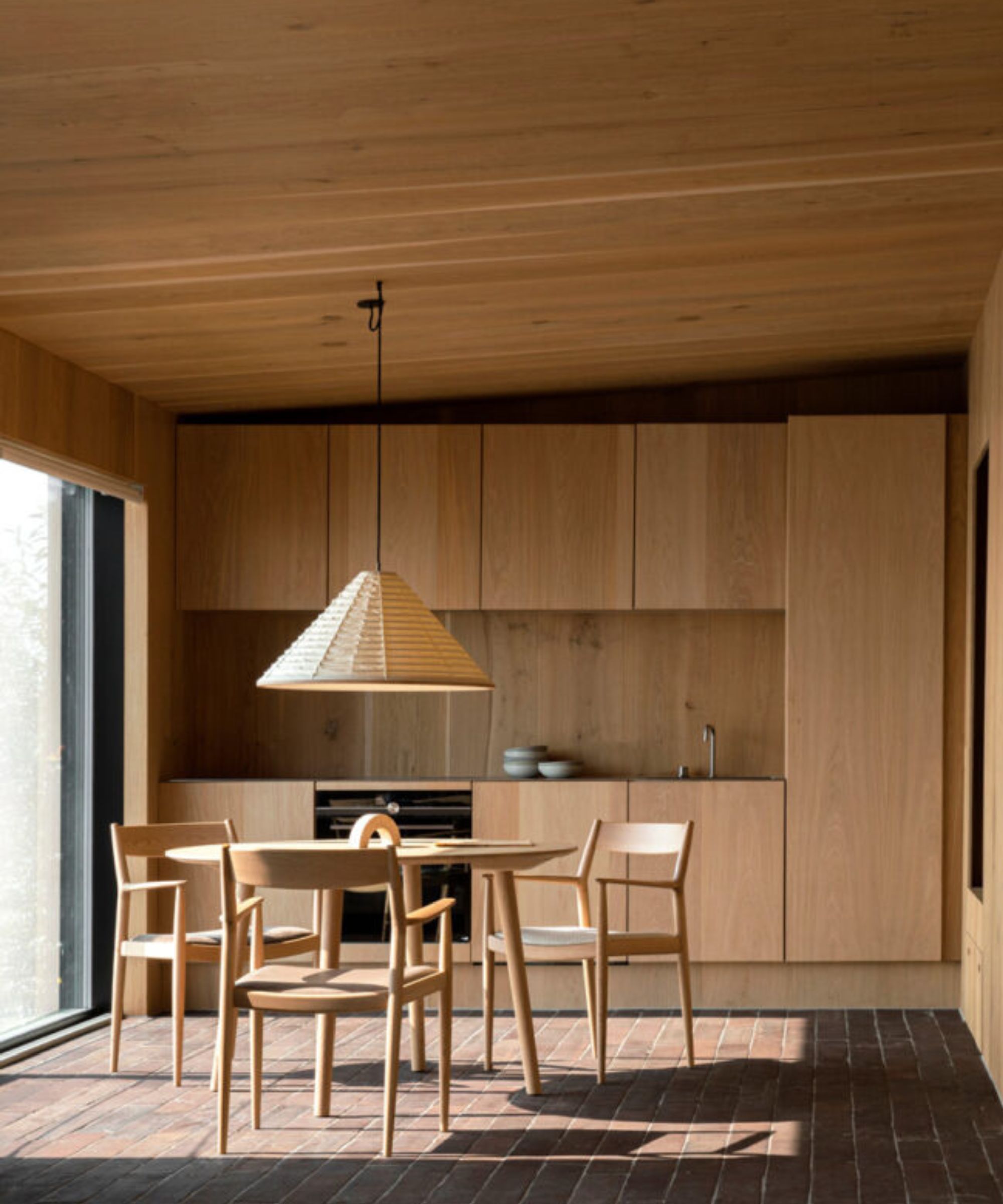
There is a softness to Japandi decor, with furniture and lines leaning more organic in shape. Think curved lines and nothing too perfect. The forms celebrate the love of nature and craftsmanship, and bring in a more unique element that you might not see in other interior design styles. Consider a circular table, a curved sofa with a softer profile or a round light fixture to add balance.
Incorporate plants and greenery
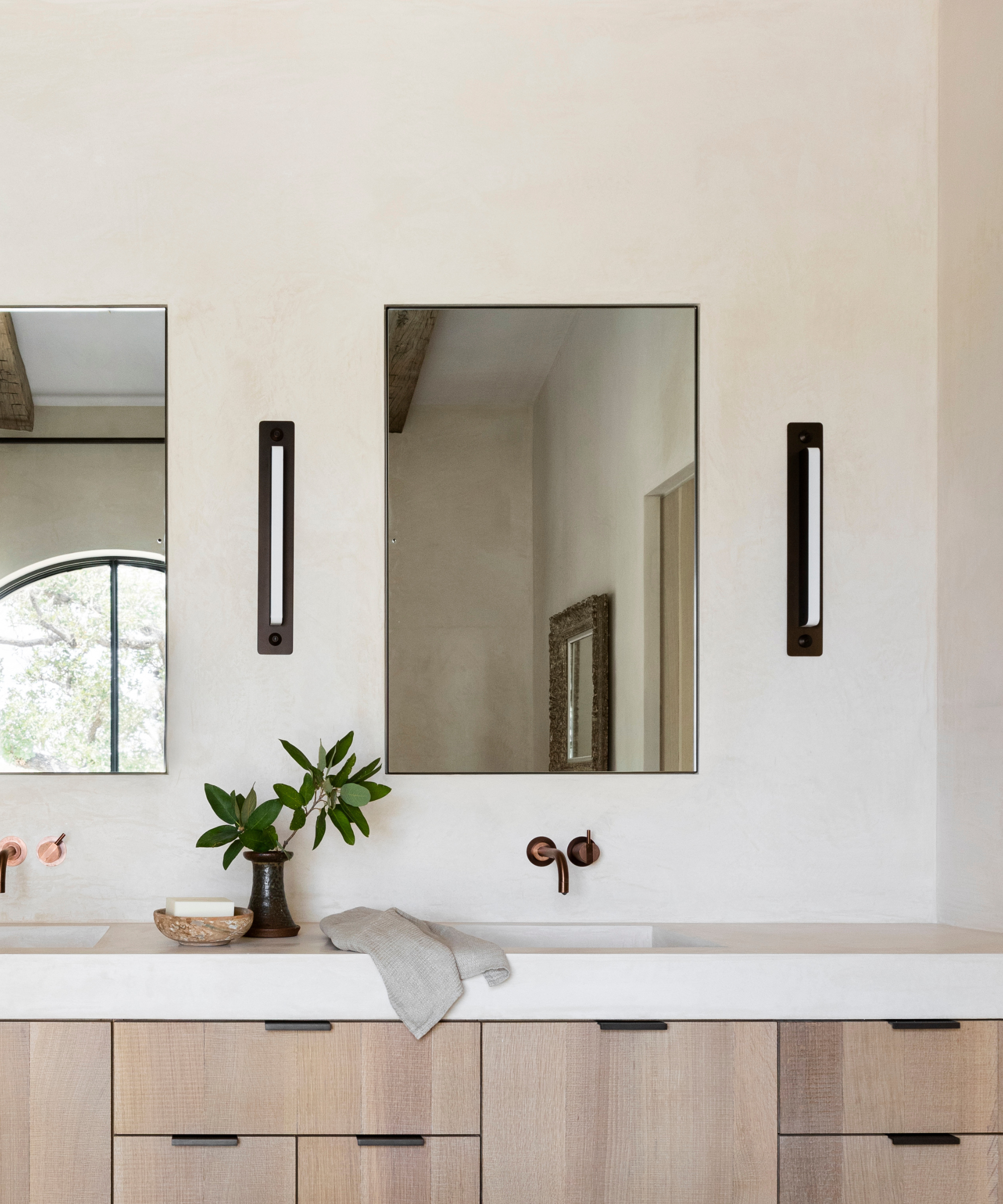
Nature is at the heart of Japandi style, and no scheme would be complete without the addition of greenery. Add a potted indoor plant in a living room or bathroom to add life and bring the outside in.
In a more social space, consider something larger such as a palm, bamboo or money tree, and in a bathroom, choose a plant that thrives in a damper environment like a snake or spider plant.
Shop Japandi style
The key to mastering Japandi style is understanding that it's about lifestyle as well as interior design. Incorporate pieces that feel calming and beautifully crafted – this style is slow and intentional, so build your space over a period of time to ensure you are introducing furniture and decorative pieces you love not just seeing it as an interior design trend.
The most important thing is to infuse your space with the essence of nature, whether that's through the materials you use or the addition of plants (this one is non-negotiable). Create a space that feels serene, tranquil and a place of peace – Japandi style is fundamentally based around wellbeing and environmentally friendly practices. As a style that's set to endure, you'll be sure to love your space for years to come.
Sign up to the Homes & Gardens newsletter
Design expertise in your inbox – from inspiring decorating ideas and beautiful celebrity homes to practical gardening advice and shopping round-ups.

I’ve worked in the interiors magazine industry for the past five years and joined Homes & Gardens at the beginning of 2024 as the Kitchens & Bathrooms editor. While I love every part of interior design, kitchens and bathrooms are some of the most exciting to design, conceptualize, and write about. There are so many trends, materials, colors, and playful decor elements to explore and experiment with.
-
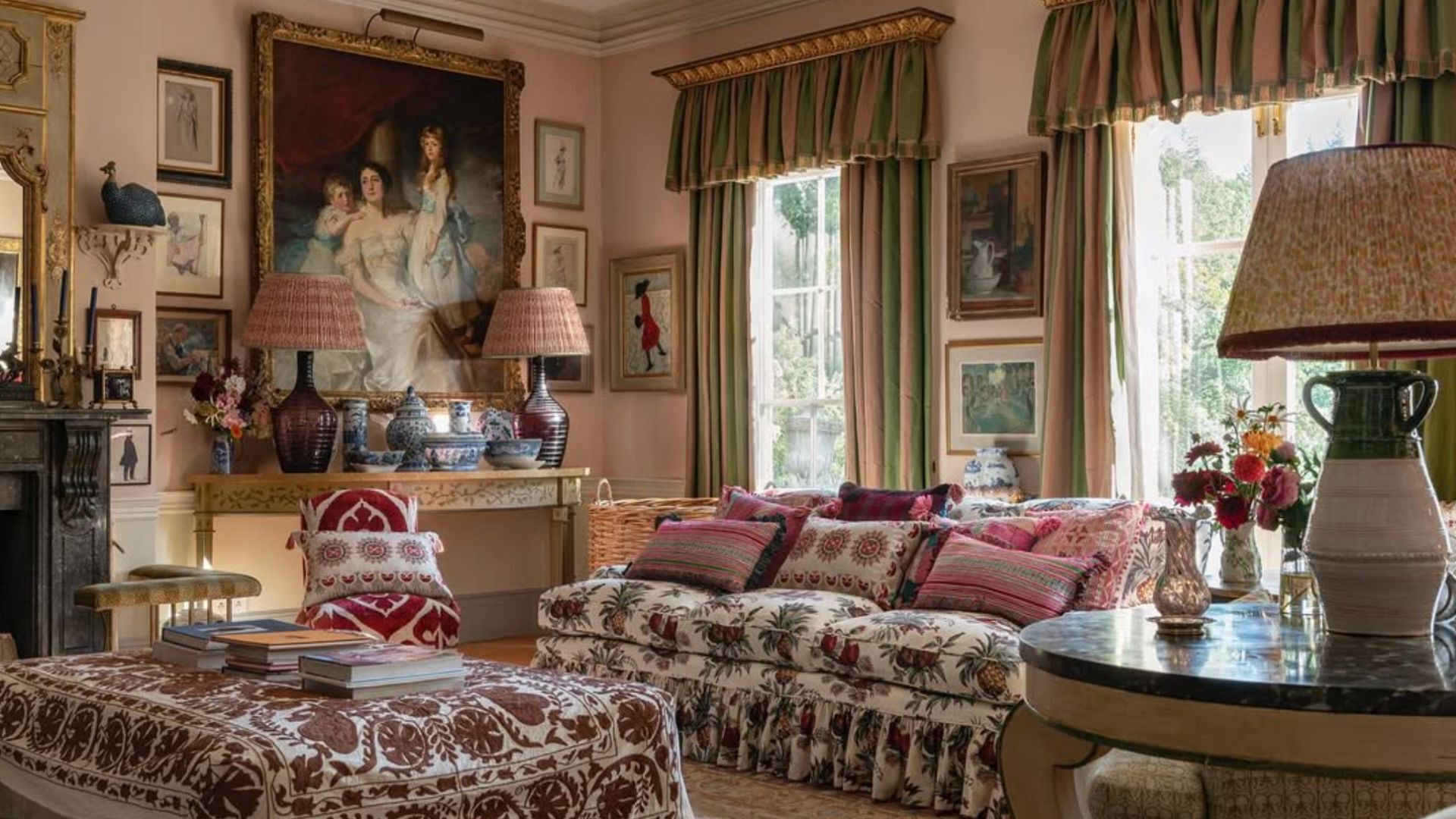 5 living room paint colors going out of style in 2025
5 living room paint colors going out of style in 2025What colors are going to date your living room this year? We look at the shades that are falling out of favour in 2025
By Sophia Pouget de St Victor
-
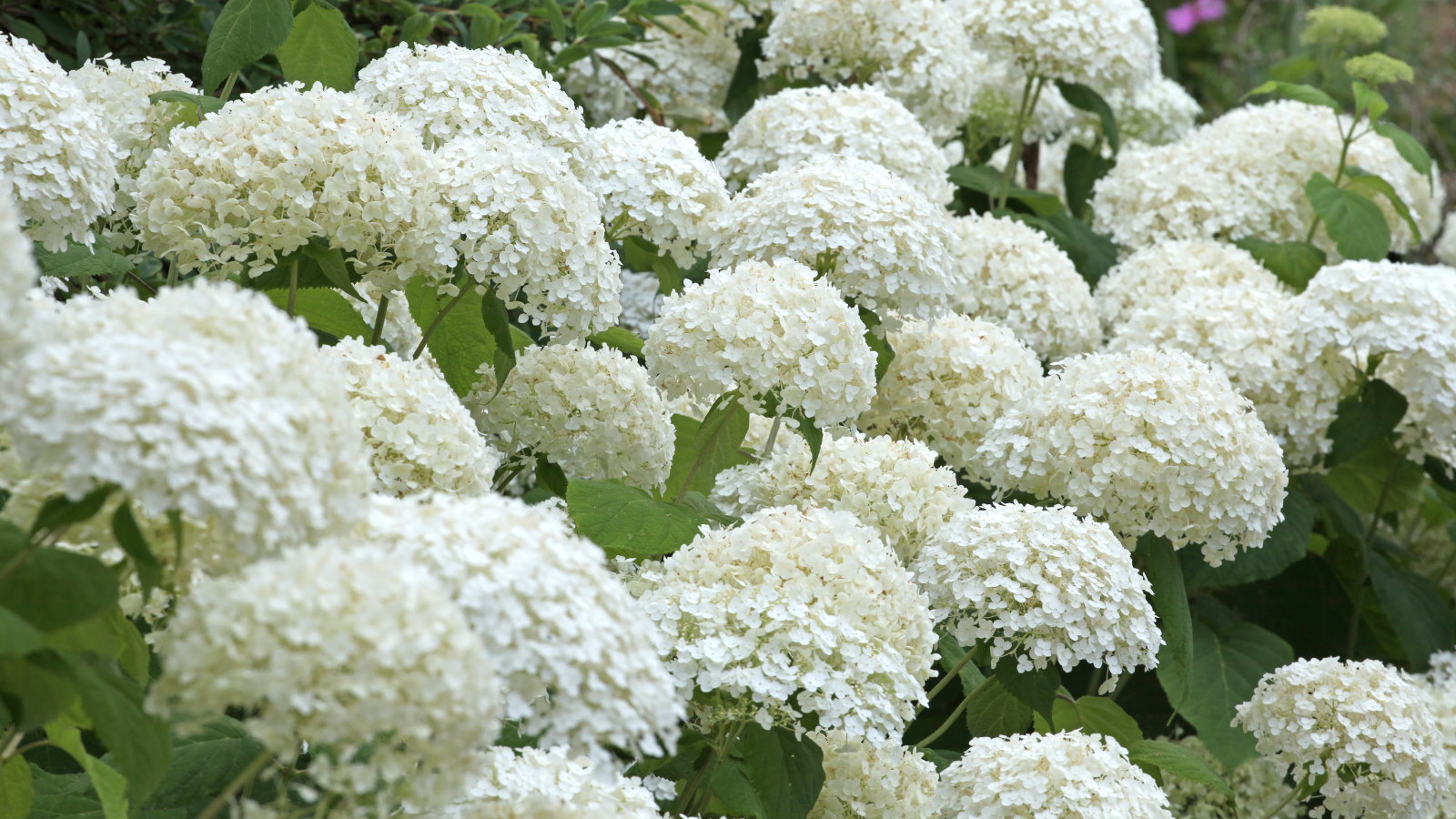 Your hydrangeas will flourish with bigger blooms and healthier growth thanks to this natural material
Your hydrangeas will flourish with bigger blooms and healthier growth thanks to this natural materialDiscover why you should be using leaf mold to mulch hydrangeas
By Drew Swainston
